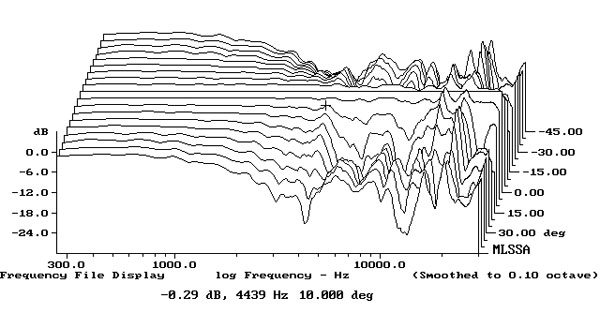Oh hang on, do you mean you want the two drivers to play in parallel over a wide range of frequencies?
If so that categorically wont work. You will just have a total mess of summations and cancellations and directivity problems. .
+1
The eventual distortion of the cap is the least of your problems. Just buy any .
You should design a real xover and not letting the drivers work in parallel over such a wide range .
You can have parallel drivers in bass because the drivers are very close compared to frequency the reproduce you can do parallel drivers for midrange in to an MTM diapolito arrangement this controls directivity with the correct xover and physical distances between tweeters and midrange drivers .
But the higher the frequency the closer the drivers must be , to avoid cancellations and comb filter effects .
Normal speakers have enough problems when using a real xover between two drivers in the region where both drivers contribute ,
Suppose you do this as a true 2 way with the Full range driver and a tweeter . If the FR driver is well behaved you could use a rather high xover frequency . There is a reason why almost no one uses full range drivers I think you are slowly discovering the reason as you want a tweeter

Suppose in PA speakers they get by with controlled directivity and long distance to the listener as you have stacks of speakers

